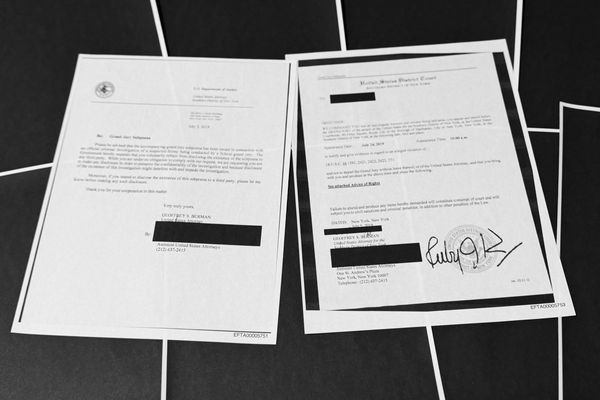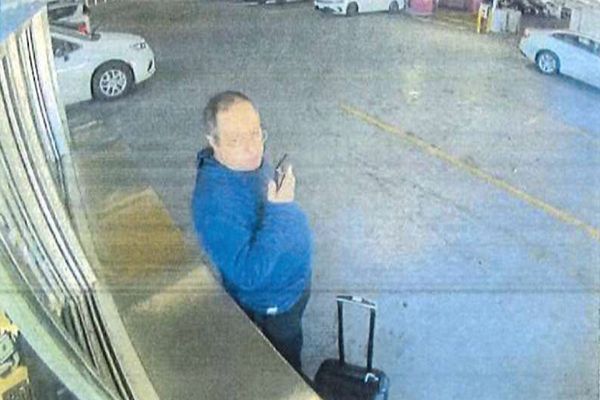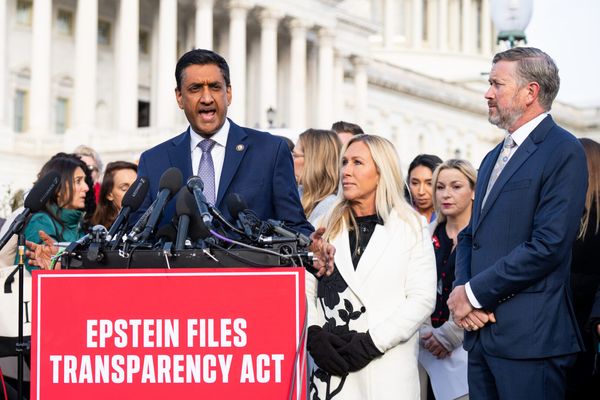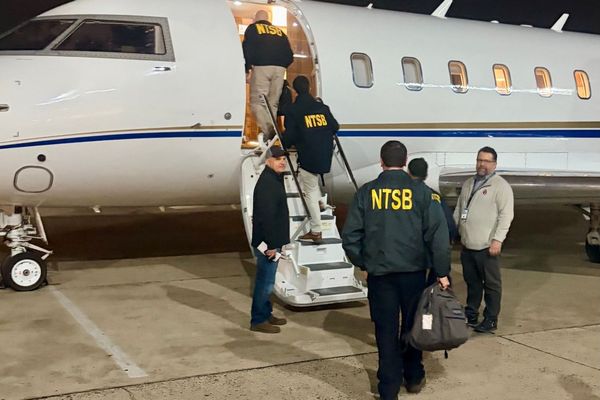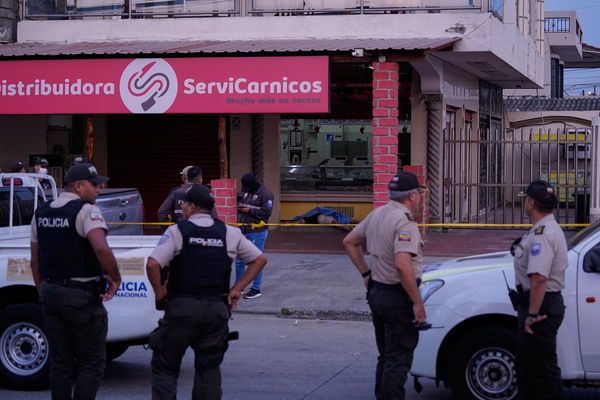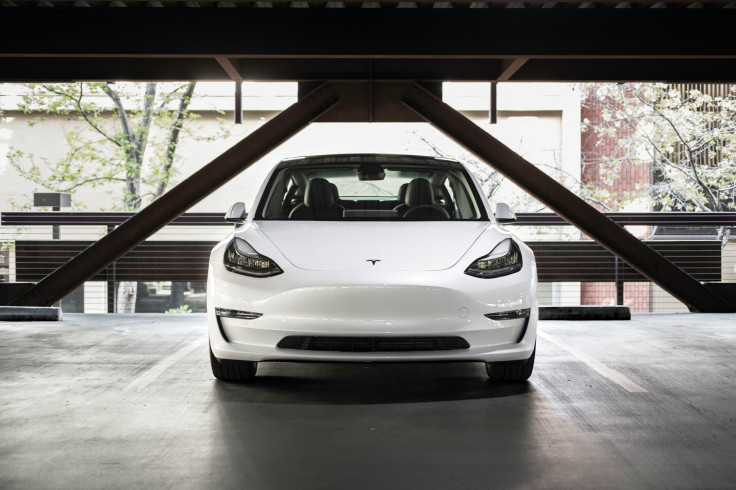
A Halloween-themed drive captured on social media has thrust Tesla into the spotlight as creators claim its Model Y can 'see' ghosts in a cemetery.
In the YouTube clip, posted by users from the ride through Market Harborough Cemetery, the car's visualisation screen displays phantom figures when no one appears in view.
Two TikTok videos similarly feed the trend: one titled 'Ghost Hunting in a Tesla: Cemetery Adventure' and another captioned 'POV: We took the Tesla to the cemetery to see if it could really detect spirits 👻...'.
@cousinvinnymtl This was crazy #teslaghosthunting ♬ original sound - Vinny Barrucco
Supporters of the clip contend the car's sensor-based screen flagged figures amid tombstones even when no person was visible in real life. The creators asked, with playful seriousness, whether the Tesla might be picking up something unseen.
However, technical experts and fact-checkers caution that the phenomenon is neither supernatural nor new. According to automotive-technology reviewers, Tesla vehicles rely on cameras and machine-learning algorithms to recognise objects such as pedestrians or cyclists. When the hardware encounters ambiguous scenes, such as weathered tombstones, dim lighting or unusual shadow patterns, the system can misclassify those shapes as people.
@6andblessed POV: We took the Tesla to the cemetery to see if it could really detect spirits 👻… and wait till you see who showed up on the screen 😳 #TeslaGhosts #CreepyFinds #SpookySeason #Scared #Halloween ♬ original sound - 6andblessed
In recent years, sources such as InsideEVs note that multiple instances of these "ghost sightings" in Tesla cars stem from the visualisation of obstacles rather than true paranormal encounters.
How the detection system works
Tesla's 'Tesla Vision' camera-only system (on recent Model Y and other models) gathers data from multiple cameras around the vehicle and feeds it into neural-network software that labels objects in real time. In a cemetery environment with irregular shapes, shadows and objects outside typical road patterns, the system may identify phantom pedestrians or objects where none truly exist. The result is a screen that appears to detect ghosts, when in fact it is misinterpreting visual data.
Why it matters
Although the ghost-hunting clips are primarily for entertainment, they raise broader questions about the reliability of advanced driver-assistance systems (ADAS) in non-standard settings. In one widely-cited case, a Tesla flagged figures on its screen in a graveyard, prompting a viral reaction. The trend also taps into broader fears over precognition, machine perception and traditional ghost-hunting tropes.
What to take away
The viral footage shows how social media users love mixing tech curiosity with Halloween's spooky spirit. While the clips look eerie at first, experts say it's really just Tesla's sensors getting confused by shadows and reflections.
Drivers are still encouraged to see these systems as helpful tools and not as ghost detectors. Fact-checkers have also confirmed there's no evidence that Teslas can actually spot spirits. In the end, the videos are more about having fun and testing the limits of technology than proving anything paranormal.

